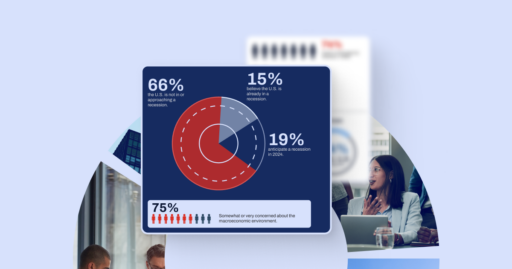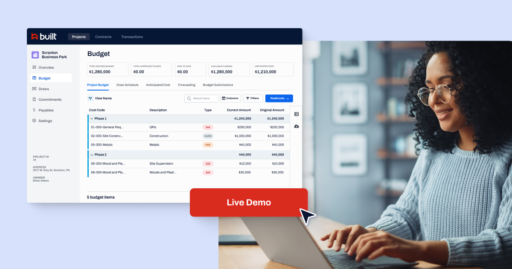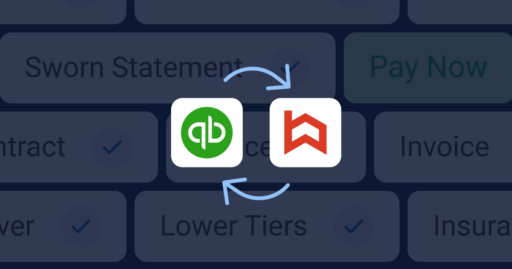Breaking Through the Concrete Ceiling


Here are some strategies to create a more diverse environment for your construction business.
According to the United States Bureau of Labor and Statics (BLS), women make up only 11% of the total construction labor force. Of that 11%, 88% are white. 32% identify as Hispanic or Latino, and just 6.2% of women construction laborers are Black. The specific job breakdown is as follows: 28% are in sales, 44% are project managers, 21% are in service positions, 6% are in transportation, and just 1% of women in construction work in physical laboring positions (such as welding, maintenance, or natural resources).
Yet, women in construction have the smallest gender pay gap to men across any industry, according to the BLS. Women in construction make 93 cents on the dollar compared to men. That’s 10 cents higher than the national average of 83 cents across other industries. According to the 2019 labor report by the BLS, median usual weekly earnings were $914 for a man versus $862 for a woman. On top of this, in a February 2022 report released by the Association of Builders and Contractors (ABC), the construction industry is short 650,000 jobs. In summary, a labor shortage coupled with a small wage gap creates an environment for opportunity. Indeed, the trend is positive: over the past two decades, the share of women in the construction industry has grown slightly, historically hovering around 9% on average.
While a pay gap, in general, is nothing to celebrate, this data shows that women and men are seen as closer to equals than in any other workplace environment nationwide (from a financial perspective). Based on these numbers alone, women in construction have the most lucrative opportunity to overcome the gender pay gap. So, why does female representation in the industry remain so low?
There is significant evidence that points to women being ostracized, abused, and mistreated even when they break through the concrete ceiling. A career where it’s extremely difficult to excel, then being met with mistreatment once you do, isn’t encouraging.
Take an example of what it was like working as a woman in construction from our own SME, Kelsey VanSleen. As an accounting manager for a commercial GC, she was constantly advocating for women and diversity in general. On one occasion, during a time when she was recruiting for her firm, she was reviewing two resumes for the same role. One candidate was a male, and the other was a female.
“The man had extensive experience, and that’s what ultimately made our team select him despite her being a strong candidate. The female candidate had only a few years of experience and was not only a female but Hispanic. That would have been incredibly beneficial since a large portion of our subs were Spanish speaking.”
That extensive experience didn’t necessarily equate to a more useful employee, however. Those soft skills, such as being able to relate to subcontractors more efficiently by speaking Spanish, were missing.
“He excelled in the hard skills needed to run a project. It was her diversity in the male-centric project management team we had at the time that I really wanted to bring to the company. Those differing perspectives build better teams.”
Diversity matters for GC business’s because it allows them to have a diverse set of skills within their company, which is important for business growth.
People that can do their jobs well with strong technical skills but can’t look at things from outside perspectives, or communicate effectively, stunts the development of the company and industry.
An environment where mentorship flourishes also have extremely positive impacts on diverse company culture. Having a female mentor can help women process frustrations and have conversations about how to excel and overcome obstacles in the industry, which in turn increases retention. On top of this, getting support from leaders through active advocacy increases confidence. For example, female executives could hold monthly roundtables or office hours dedicated to helping other female employees looking to grow within the company. These individuals could give insight into their path to becoming leaders within the industry, and help their employees develop roadmaps for success. Furthermore, advocacy also comes in the form of protection–when leaders see women being mistreated or not being respected, this is their chance to call out this behavior and let colleagues know this is not acceptable.
At Built, diversity is an integral part of our recruitment and hiring process. When it comes to hiring, behavioral-based interviewing (BBI) is one way you can ensure an equitable and fair hiring process.
Perfecting the intangible recruiting practices can lead to a much more diverse talent pool. Being aware of job ad language–language that won’t have women opt out due to it being targeted at males, is one way to attract more quality talent. For example, a great example of subtly inclusive language that can appeal to candidates of all genders is the use of terms like “this manager” and “this individual” in place of “he/she.” It’s important to outline specific competencies and use objective criteria to evaluate those competencies. Then, make sure interviewer panels are diverse. Creating a diverse environment in the interview process ensures that diverse perspectives when evaluating candidates are considered throughout the interview process.
Another strategy that could benefit your process is looking at the numbers. Paying attention to data is huge–if you’re not looking at your recruitment data, you could be mismanaging your entire recruitment process (% of female applicants, proportion of women getting offers). Then, look at the pipeline and look for where is there drop-offs and issues. Address those issues to strengthen your process. Finally, implementing culturally inclusive leadership training. Once a company starts to develop a more diverse employee base, training those individuals to become leaders will help all employees become more in tune with a diverse community.
It’s clear that women face tremendous obstacles when it comes to breaking into construction. However, improvements in recruiting, hiring, and workforce development can pave the way for more women to take advantage of the landscape. Knowing the data, seeing the outlook, and understanding the opportunities will be critical to creating a more positive environment for women in the near term.







